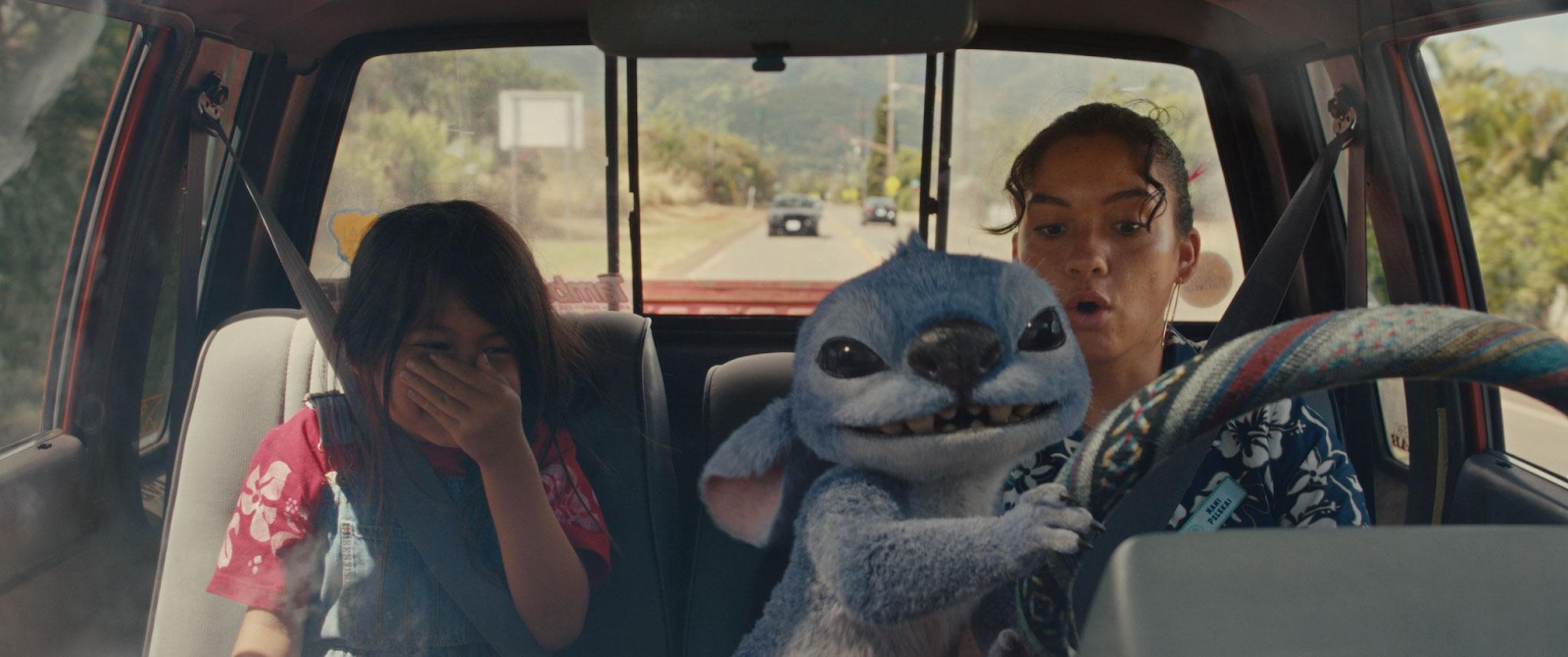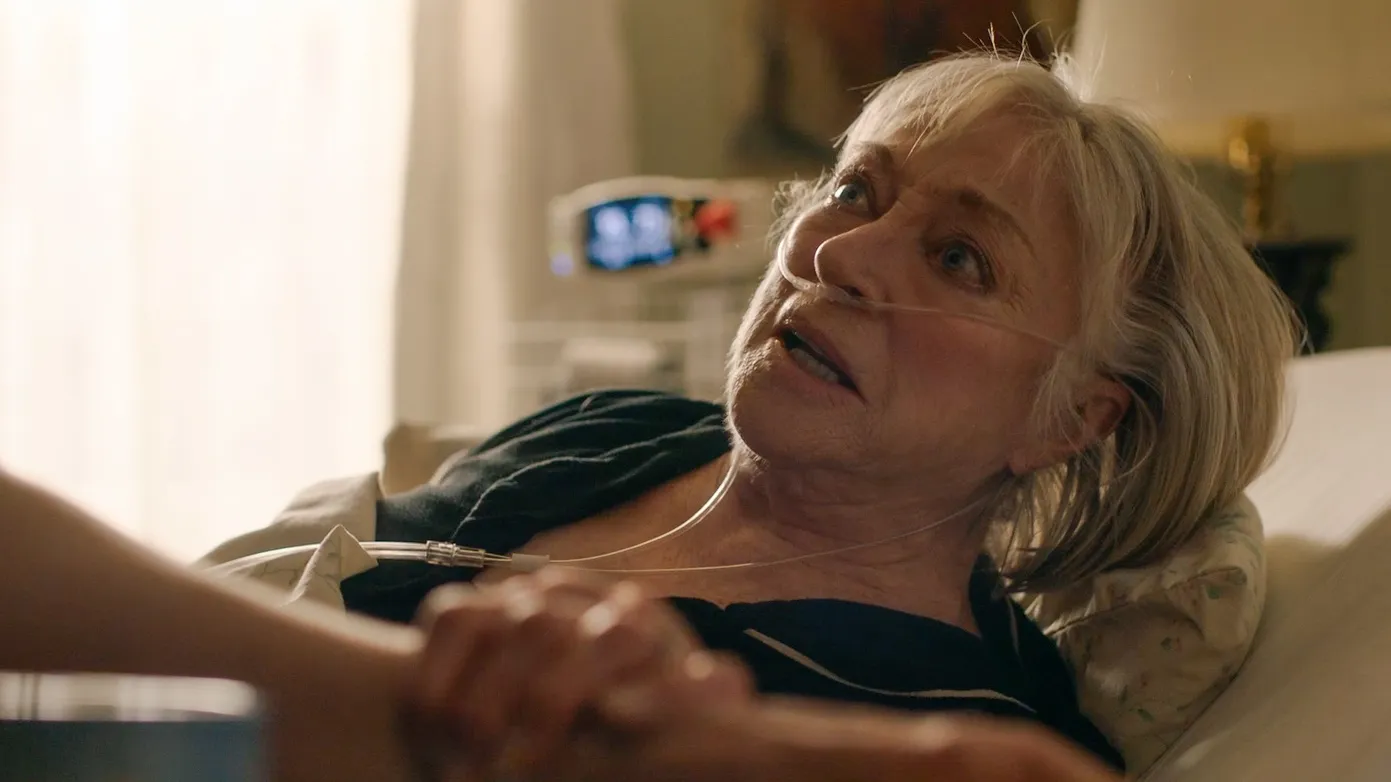Hello my friends and happy Saturday morning. Once again, it is time for some classic cartoons.
Today's selection begins with a Porky Pig short, Notes to You (1941). This cartoon was later remade as Back Alley Uproar (1948), which is considered an all-time classic. Back Alley Uproar would replace Porky with Elmer Fudd and the unnamed cat with Sylvester. Yet there are many scenes that when compared to each other are nearly identical in the two versions. This should come as no surprise considering that director Friz Freleng and writer Michael Maltese would work on both shorts. That remake seems to overshadow this film, yet taken on its own terms is very entertaining and a joy to watch. The following is an exhibitor's review from The Motion Picture Herald, "Notes to You: Looney Tunes Cartoons - Here is one of the funniest cartoons for some time. New gags and highly amusing. Running time, 7 minutes. - H. Goldson, Plaza Theatre, Chicago, Ill. General Patronage."
Now for Honey Halfwitch in Baggin' the Dragon (1966). This short film was directed by Howard Post, who directed the first eight of the Honey Halfwitch cartoons.
Next comes the Donald Duck cartoon, Hook Lion and Sinker (1950). This is the second of five theatrical shorts to feature Louie the Mountain Lion and the only one in which he has a son. Despite this movie being released as a Donald Duck cartoon the lion's share (pun intended) of the footage goes to Louie and his son. This short film would make its TV debut on an episode of TV's Walt Disney's Presents entitled The Mad Hermit of Chimney Butte (1960).
Next comes the Woody Woodpecker film, Banquet Busters (1948). This movie is a rare time in which two of Walter Lantz's most popular characters, Woody Woodpecker and Andy Panda, appeared together in a theatrical short. However, it was not the only time they worked together. Woody made his debut in the Andy Panda short, Knock Knock (1940). Probably the most popular pairing of the two was in the Musical Miniature cartoon, Musical Moments from Chopin (1946). Banquet Busters was the only time Andy Panda appeared in the Woody Woodpecker series as their other appearances together were in other series.
Now it is time for a commercial break.
Now for the silent Aesop's Film Fables cartoon, Day by Day in Every Way (1923).
Hell Bent for Election (1944) was a rare Chuck Jones directed film of the 1940's that was not a Looney Tunes or Merrie Melodies short. The year before this film was released, Chuck had directed a very serious animated war time documentary called Point Rationing of Foods (1943). Hell Bent for Election was one of the earliest films but what would become known as UPA (home of Mr. Magoo and Gerald Mc Boing Boing). The United Auto Workers of America had approached animation legend John Hubley about making a film to promote presidential candidate Franklin D. Roosevelt. With the success of Point Rationing of Foods and knowing that Jones was politically liberal, Hubley immediately thought about Chuck as the director. He and others at the studio approached Looney Tunes producer Leon Schlesinger about the use of his studio after hours for making the film but Leon did not want to have an attachment to a political film. So instead, the film was made at the fledgling Industrial Film studio (which would later evolve into the UPA studio). As it would continue to be later, this was a very politically liberal studio, and they welcomed the making of such a film in a way that Schlesinger wouldn't. To make the film, the studio recruited animators from Screen Gems and Warner Brothers. This included Robert "Bobe" Cannon (who would later become one of UPA's best directors) and Ben Washam from Chuck Jones' unit at Warner Brothers. This film would help the studio in getting to make films for the Navy. As producer Stephen Bosustow remembered, "some of the guys in charge were pro-Roosevelt and thought the film was great, and said someday if they have more pictures, they'd give them to us."
Now for the Betty Boop cartoon, Little Nobody (1935). Like many Betty Boop cartoons of this time, Betty is not the real star here. Instead the real star of this film is her little dog Pudgy.
Today's cartoon selection ends with The Simpsons in House of Cards (1987). This is one of the shorts with the animated family made before they got their own TV series and it aired on The Tracey Ullman Show.
Thanks for joining me. Come back next week for more animated treasures. Until then may all your tunes be looney and your melodies merry.
Resources Used
https://disney.fandom.com/wiki/Hook,_Lion_and_Sinker
https://mediahistoryproject.org/



















